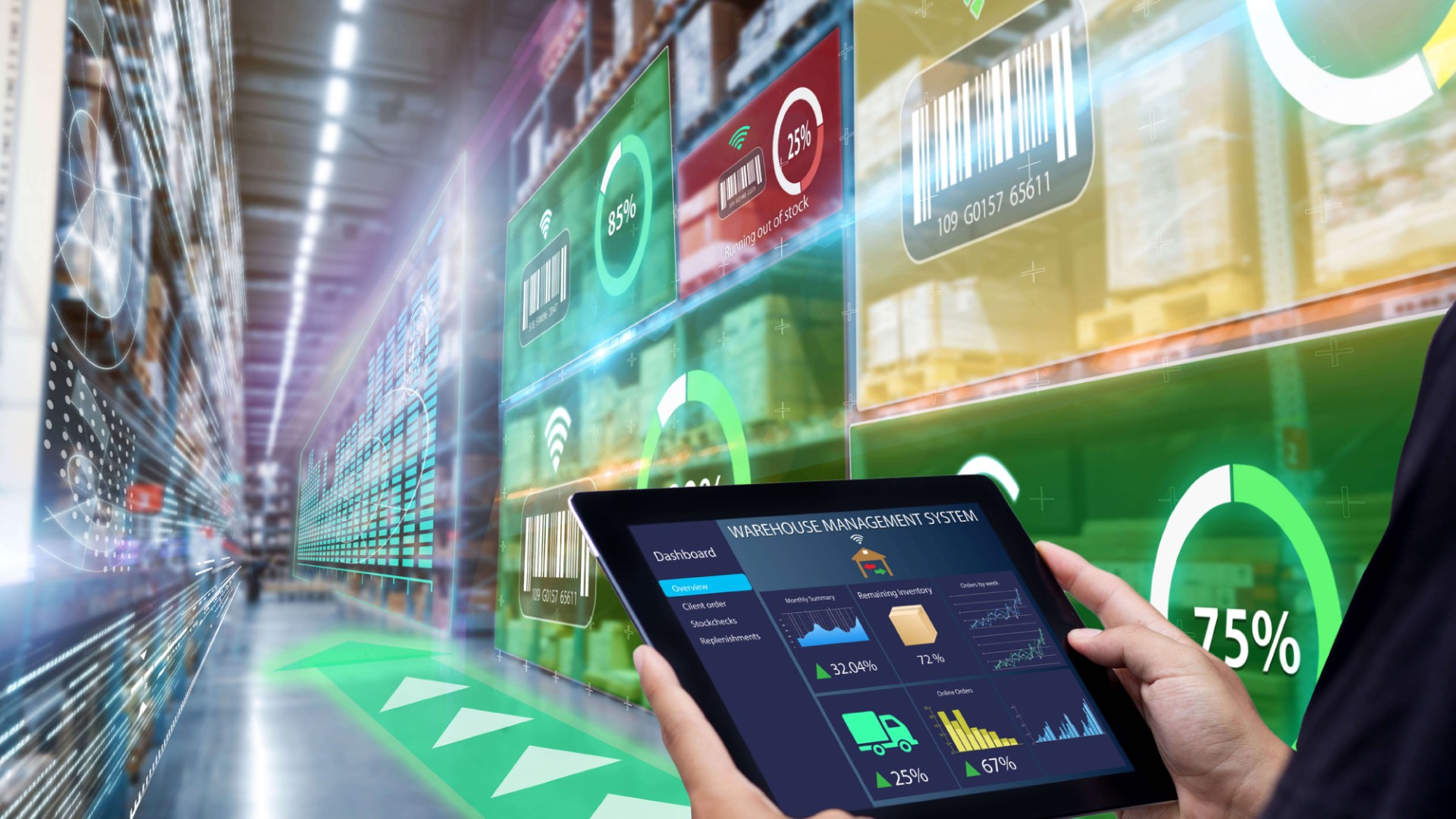The Most Advanced Airports Don’t Feel Futuristic – They Feel Effortless (And Digital Platforms Are The Answer)
Airports are bursting at the seams. In 2024, global passenger volumes hit 9.5 billion, eclipsing pre-pandemic records. With demand set to double by 2043, concrete alone won’t keep pace. The real fix lies in digital platforms that help airports run as one connected organism, rather than a patchwork of systems.
The journey now starts long before the terminal doors. Booking engines and mobile apps are evolving into orchestration layers, aligning flights, baggage and ground transport in one view. For operators, these early data are gold: they provide foresight into passenger flows, resource allocation and baggage demand before a traveller even sets foot on site.
At check-in, friction fades fast. Automated bag drops, digital bag tags and biometric identity checks are collapsing what used to be a sequence of hand-offs into a single, fluid interaction. What feels effortless for passengers is underpinned by deeply integrated platforms synchronizing baggage, boarding and security in real time.
Security and border control are getting smarter. AI-enabled scanners, biometric e-gates and live operational dashboards transform queue management into a data-driven discipline. The result is not just faster throughput, but a more controlled, resilient process.
Inside the terminal, navigation becomes dynamic. Smart terminals adjust signage, directions and digital communications based on live data – whether it’s a last-minute gate change or crowding in a departure hall. Augmented reality (AR) wayfinding and autonomous wheelchairs are making airports more accessible, while also redistributing foot traffic in real time. Technology here is invisible by design – it serves the flow rather than disrupting it.
When delays hit, digital twins step in. These simulated replicas give terminals a living model of their operations, enabling them to test scenarios and deploy contingency plans in real time. Gate changes, baggage reallocation or staff redeployment move from crisis management to orchestrated response.
Commercial opportunities are also evolving. Freed from queues, passengers become more receptive to retail and dining. Platforms leverage dwell-time and location data to deliver tailored offers, enable click-and-collect, and deepen loyalty engagement, enhancing revenue without compromising flow.
But scale creates exposure. With thousands of IoT devices, cloud systems and AI models in play, cyber security has shifted from a back-office concern to a core pillar of operational resilience. Next-generation platforms now embed security and monitoring into every layer, ensuring continuity in environments where downtime is not an option.
The common denominator is interoperability. True transformation comes only when flight, baggage, staffing, security and energy systems are connected into one operational backbone. Airports that achieve this aren’t just modernizing: they’re futureproofing.
But what’s hype, and what’s reality?
The question for leaders is not whether digital platforms are relevant, but which platforms deliver measurable results. That’s the focus of our latest research: Strategic Focus: Implementing Digital Platforms In Airports. Based on interviews with CIOs, technology leaders and platform providers, the report distils where digital platforms are creating tangible impact – and what others can learn from first movers.
The airports of tomorrow won’t dazzle with futuristic gimmicks. They’ll impress by feeling effortless. And digital platforms will be the reason why.
About The Author

Henry Yared
Analyst

.jpg?sfvrsn=28da3d4e_1)


